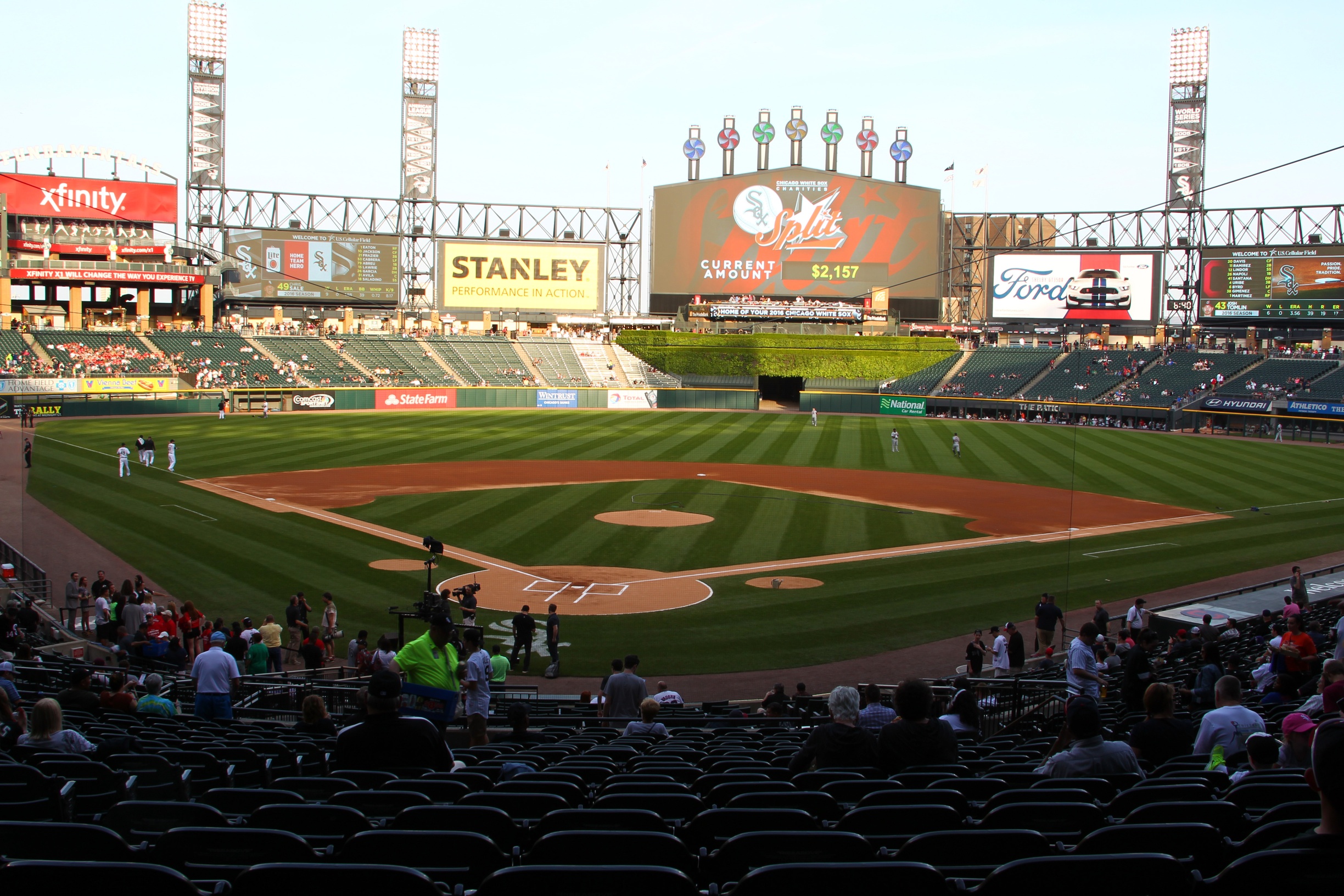One of the best things about baseball, from a narrative standpoint at least, is that it is the sport of second chances. The other leagues have the occasional Kurt Warner or Scott Darling story, but nothing close to the frequency and impressiveness that baseball does. Ron LeFlore was recruited out of prison. Evan Gattis was a janitor and sky lift operator. Jose Rijo was injured for so long he appeared on a Hall of Fame ballot. And those are just the examples that sound and feel like movie scripts.
Mariano Rivera went from a failed starting pitcher to the greatest closer of all time. Jose Bautista and Edwin Encarnacion were lineup afterthoughts before altering their swings and becoming two of the best power hitters in baseball. Rick Ankiel turned what would have been the most memorable pitching flameout in decades into a seven year career in the outfield. No one’s career in baseball is dead until every possible outlet and effort has been exhausted. It’s why failed position players try becoming pitchers. It’s why failed pitchers adopt the knuckleball. Baseball history is full of tremendous turnarounds and sensational second acts, so why not keep trying?
This season will mark the 15 year anniversary of one of my favorite examples: Esteban Loaiza’s Cy Young runner-up season. Loaiza went undrafted out of high school, signing with Pittsburgh as a free agent in 1991. He broke into the majors with the Pirates in 1995 and spent the next eight seasons pitching at a just below league average rate (95 ERA+) for the Pirates, Rangers, and Blue Jays. His career seemed to bottom out in 2002: 5.71 ERA (though a respectable for the time 4.19 FIP), 5.2 K/9, 11.4 H/9, and no particular talent for anything. Gil Patterson, his pitching coach in Toronto, taught him how to throw a cutter but Loaiza didn’t buy in and it cost him.
Loaiza entered the 2003 season only receiving a minor league offer and a spring training invite from the White Sox. With nothing left to lose but his career and livelihood, Loaiza bought into the pitch. Signing with the team that employed Don Cooper’s cutter-crazed self saved his career. Loaiza became the first in a long list of pitchers whose careers are owed to Cooper’s coaching prowess and one of the most dramatic examples.
21-9 with a 2.90 ERA from someone whose previous career bests had been 11 wins and a 4.13 ERA. His league-leading 207 strikeouts accounted for 10 more hitters struck out than he’d managed over the previous two seasons combined. He finally had an out pitch and the results spoke for themselves. He went from rotation jetsam to starting the All-Star Game in his home stadium. And the strange new numbers weren’t in the realm of un-sustainability! A .283 BABIP was hardly unbelievable for someone so effectively using a cutter. Sure, the 78.5 LOB percentage was bound to regress and maybe he would be more of a strong No. 2 as opposed to an ace, but things were looking up and at basically no cost for Chicago.
But just like that, the magic was gone. Loaiza slid right back into mediocrity the next season before being flipped to the Yankees at the trade deadline in a change-of-scenery trade for Jose Contreras. He pitched even worse in the Bronx. He ultimately managed one last good season for Washington in 2005 before pumpkining once more and leaving baseball for good after 2008.
One season of amazement in a sea of average. A blip. A spike. An outlier to never be repeated with each half of his career on either side looking exactly like the other with no resemblance to his mysterious and haunting peak. But that one of out nowhere year as a god gave him five more years of a career that otherwise would have been dead. What a thing.
